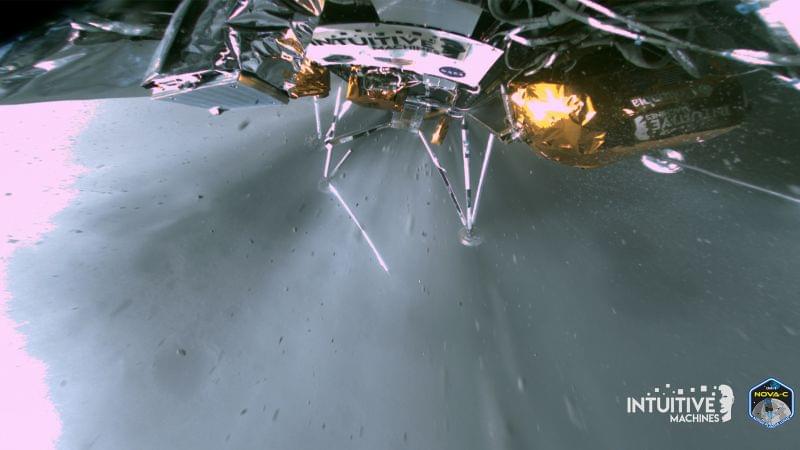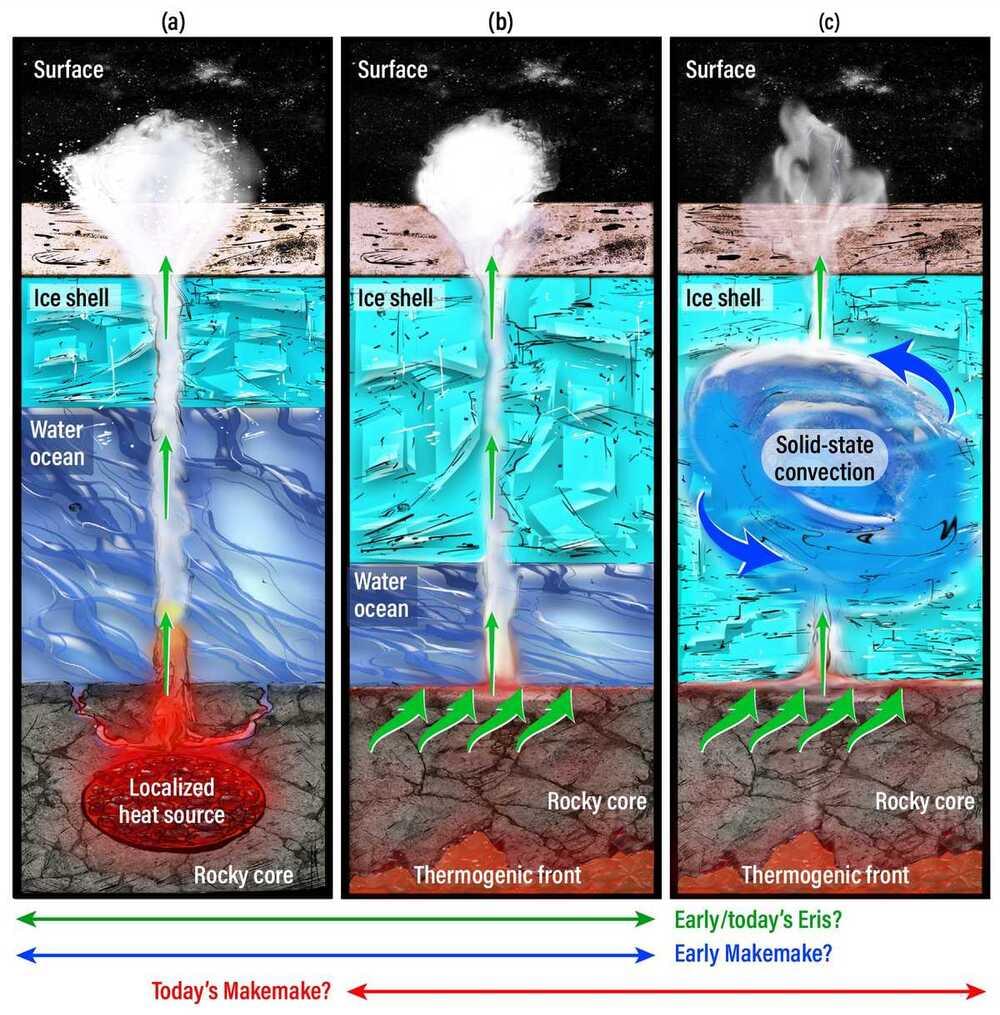
Remarkable new images from the Odysseus mission capture the spacecraft — the first US-made vehicle to make a soft touchdown on the moon in five decades — in the moments directly after its harrowing and historic touchdown on the lunar surface.
Intuitive Machines, the Houston-based company that developed the Odysseus lander, shared the photos at a news briefing Wednesday. During the news conference, officials from Intuitive Machines and NASA — which paid to fly science instruments on the mission — also confirmed that all of Odysseus’ instruments are transmitting data, leading them to declare the mission successful despite significant setbacks during the spacecraft’s dramatic descent to the surface.
Mission controllers were celebrating the success, cheering “what a magnificent job that robust, lucky lander did all the way to the moon,” said Intuitive Machines CEO Steve Altemus.


















